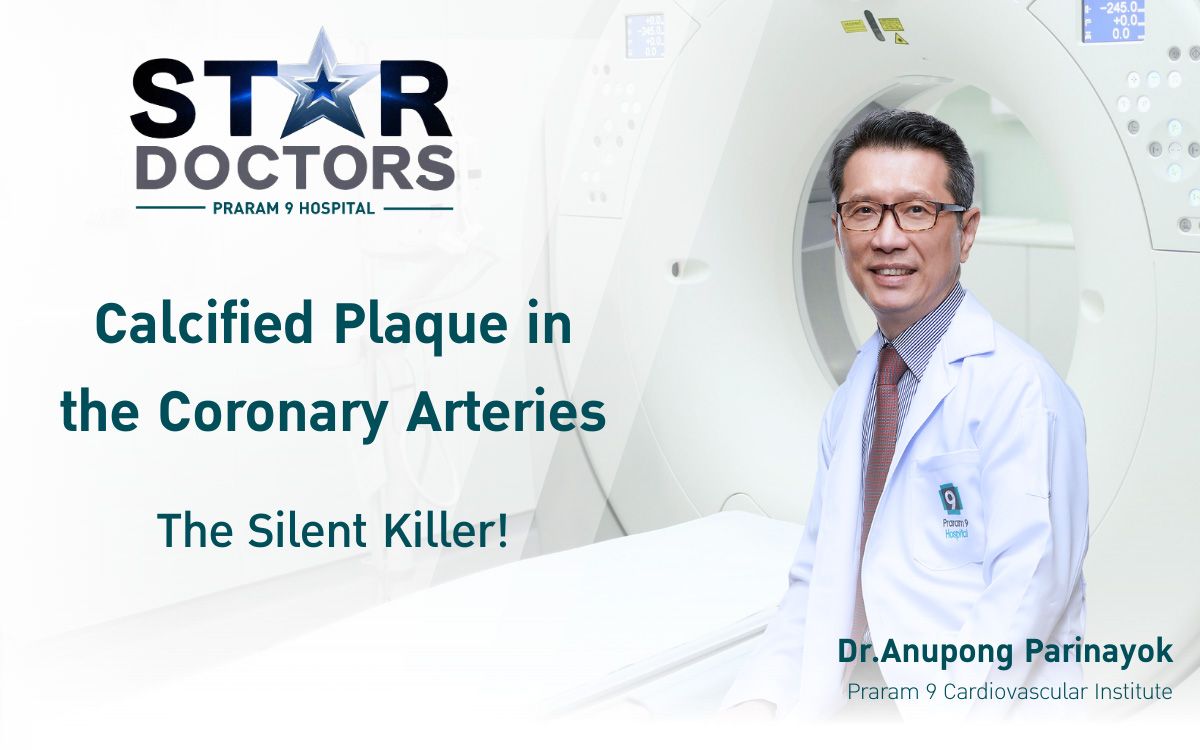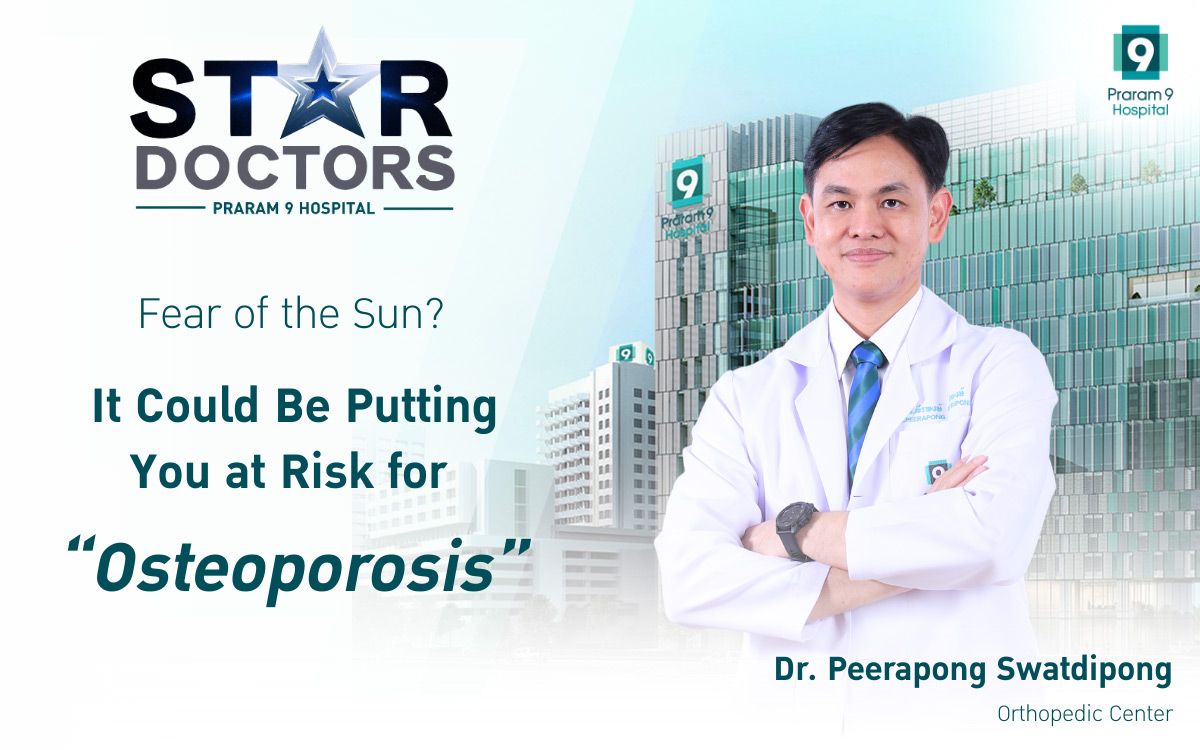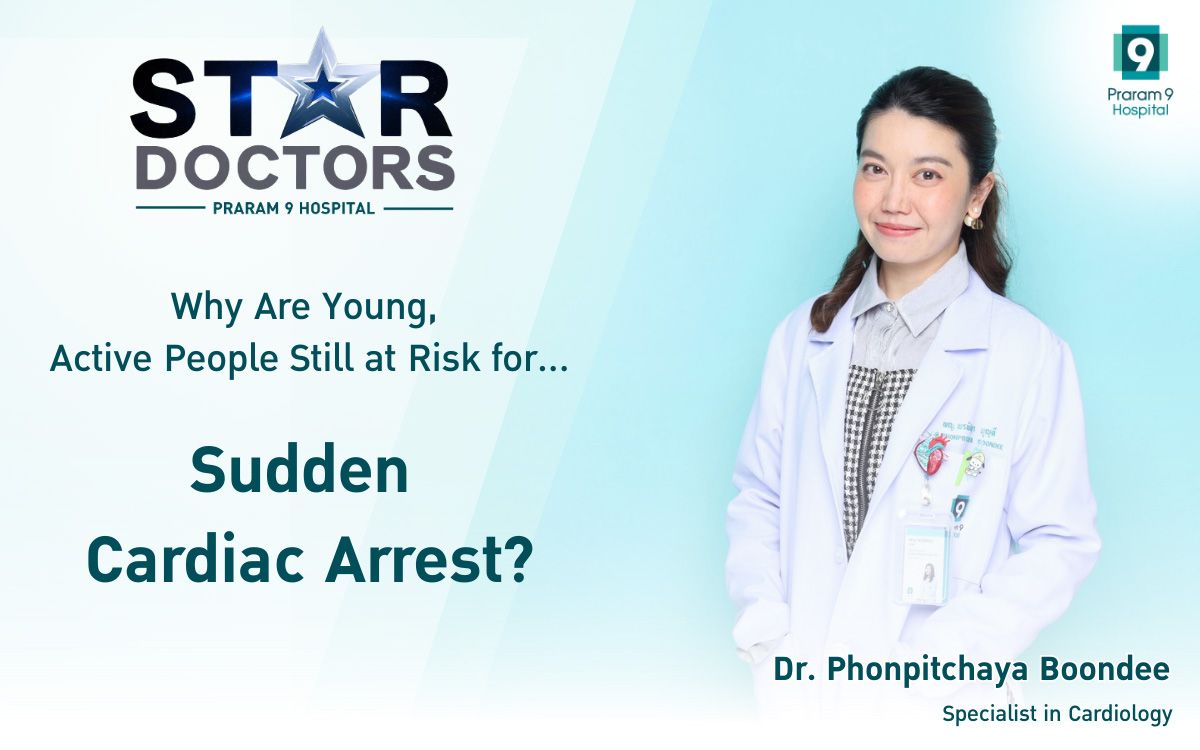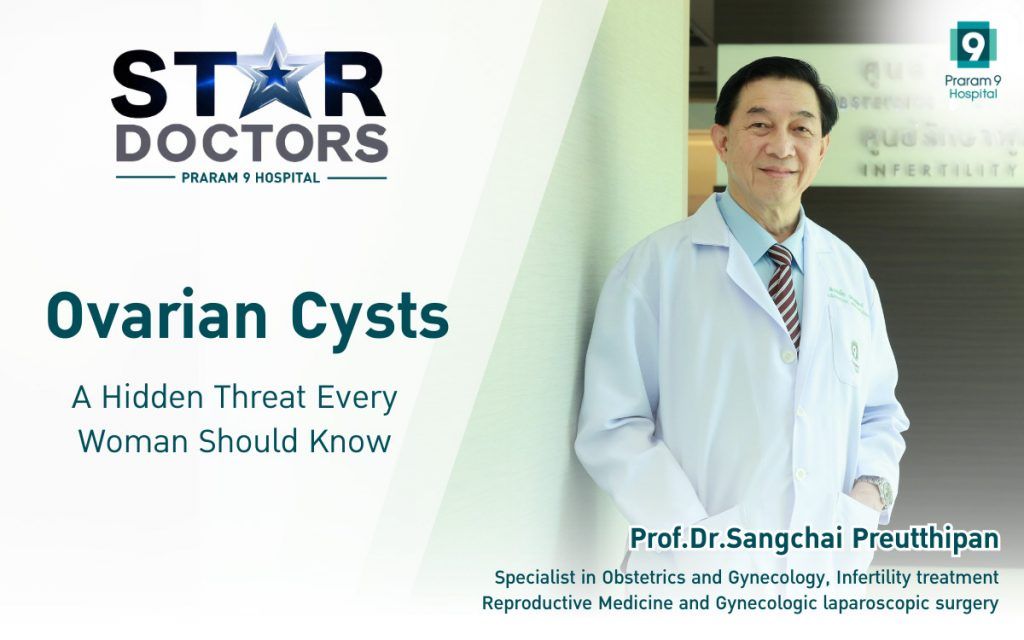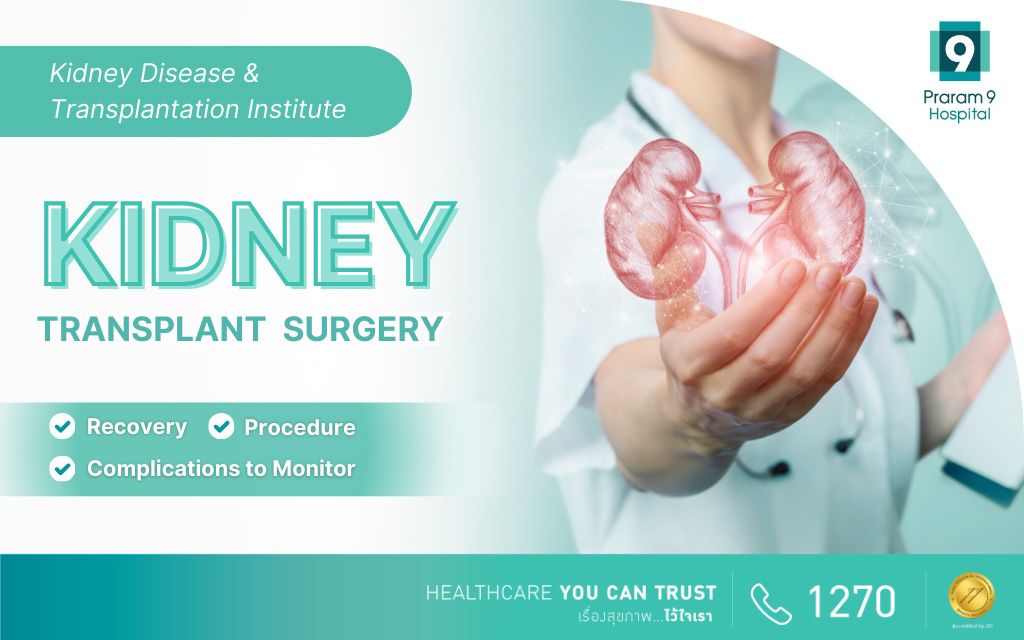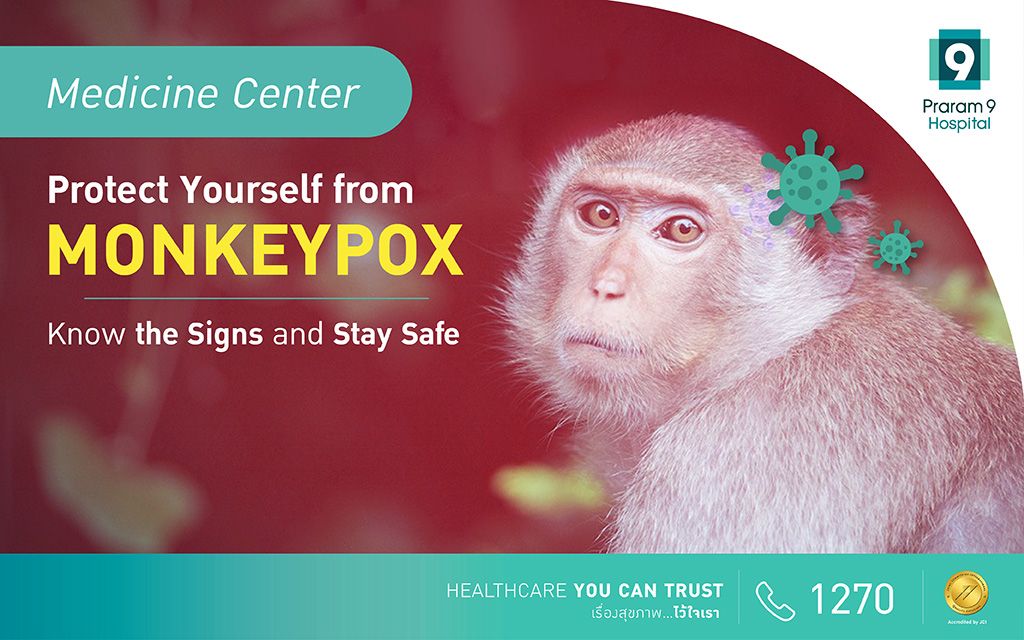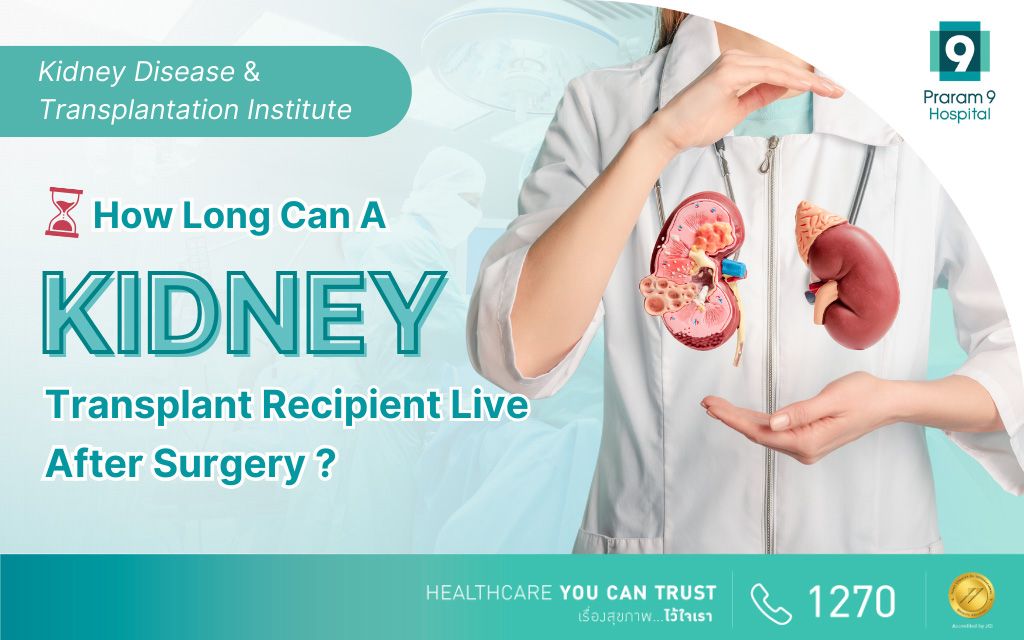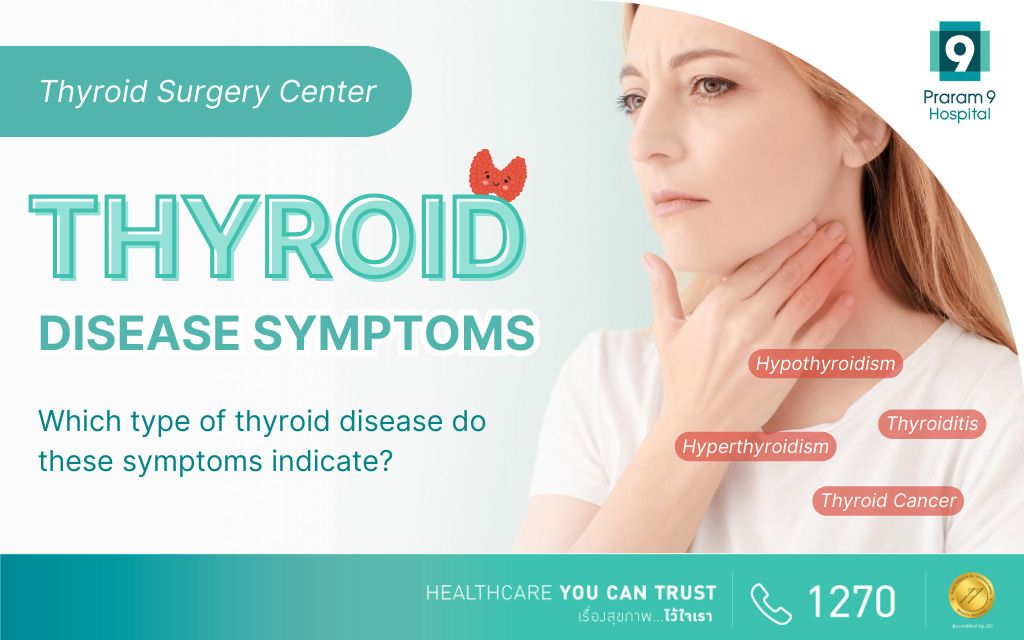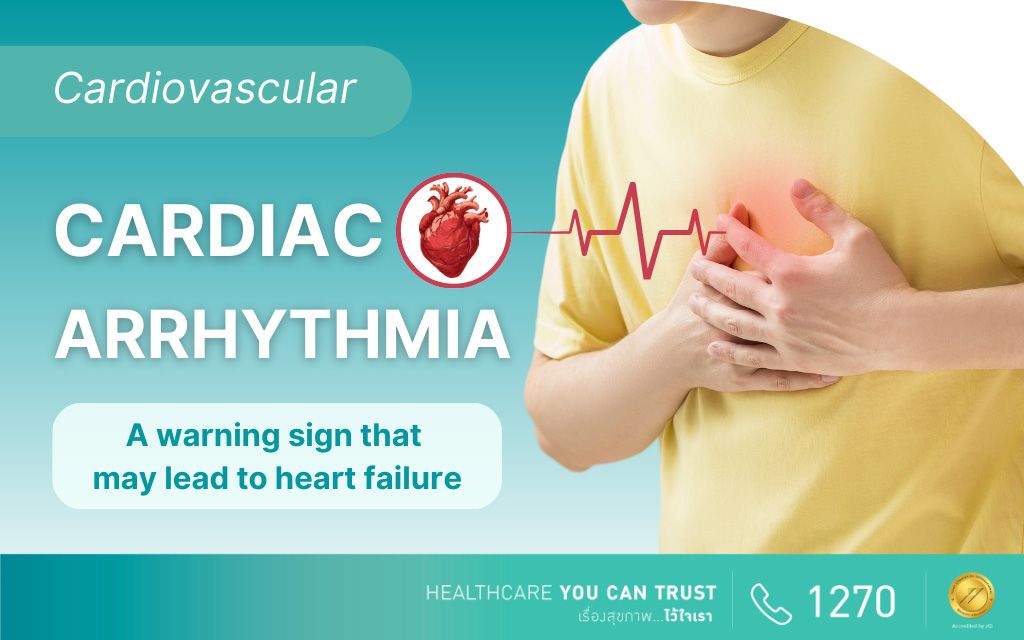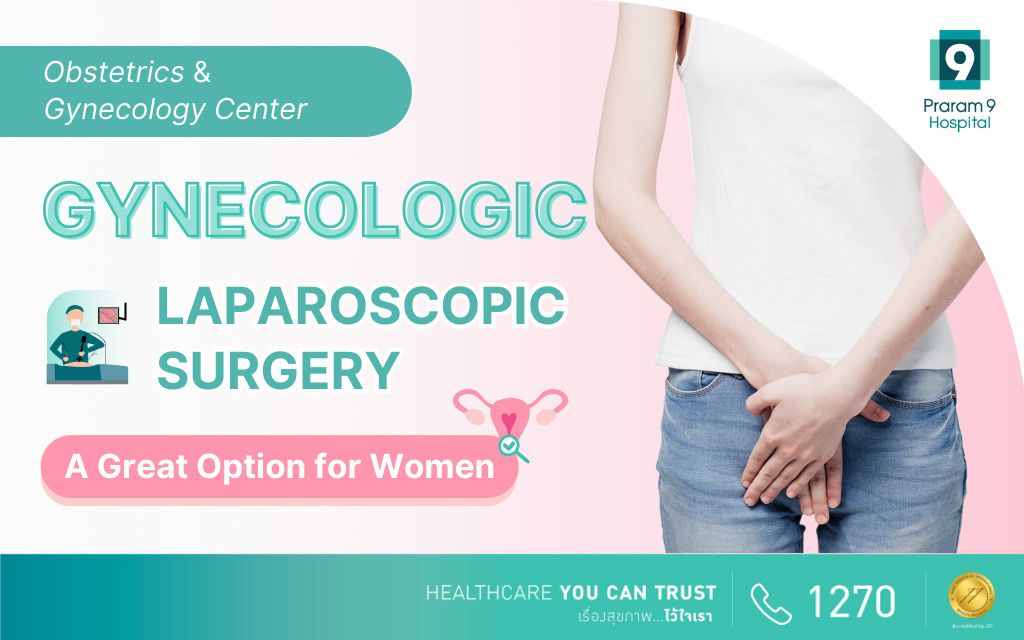Health Articles
Knowledge
Living better can prevent Heart Attack and stroke.
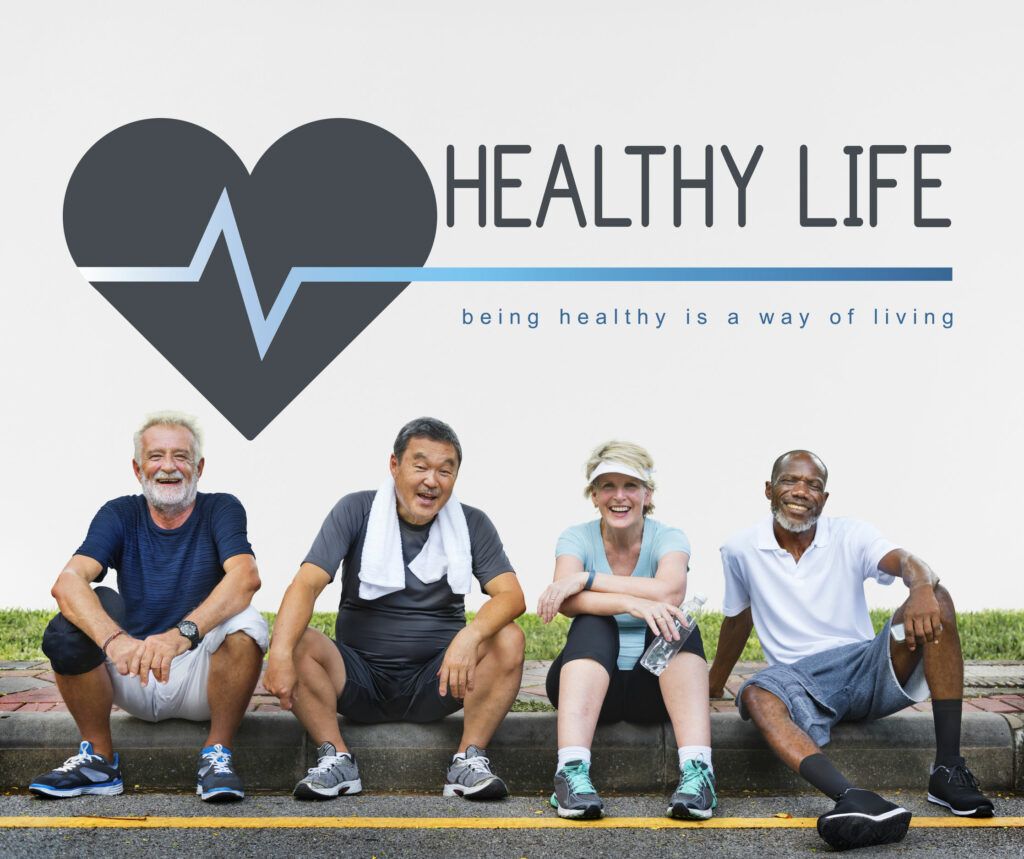
Living better can prevent Heart Attack and stroke.
Living a healthy lifestyle is not only good for your emotional side but your body, especially your heart, benefit immensely as well. Your lifestyle is the best natural method of defensing against heart disease and stroke. Below are ideas to help you be on your way to a heart-healthy lifestyle. By doing the easy steps listed below can help you lower all of the modifiable risk factors for heart disease, heart attack and stroke.
Starting off with Lifestyle Changes
Say no to smoking
Smoking is double bad. It does not only affect the person who smoke but also everyone around the smoker. Smoking increases risk for heart attack as well as cancer. If you are a smoker, please consider quitting. If someone in you know smokes, help them understand the risk that come with smoking and ultimately encourage them to quit smoking. It can be difficult to change habits but it is much more difficult to recover from a heart attack or stroke or to live with chronic heart disease.
Commit on a nutrient-rich diet
Choosing a nutrient-rich diet for your meal is one of the beneficial actions you can take for your body. Healthy diet is can help you in your fight against obesity and cardiovascular disease. The food you eat should have sufficient amount of different variety of minerals, vitamins and other nutrients content your body need to function optimally. The amount you consume is also key in maintaining a healthy weight and to fend off health risk such as cholesterol, blood pressure, obesity and diabetes.
Understanding high blood cholesterol
When you consume meat and process food, there may be intake of saturated fat and trans-fat along with other unwanted nutritional content. This can lead to cholesterol and buildup of fat in your arteries, among other. If the accumulation of fat in your arteries get too high, this will create blockage in your arteries and can cause huge problem such as heart attack or stroke. As a plan B, in case diet and exercise is not enough to control cholesterol, medication may be needed. Listed below are information you may need to have a better understanding of the condition:
- How to calculate your cholesterol score
The following equation is used to find your cholesterol score: HDL + LDL + 20 percent of your triglyceride level. - Low-density-lipoprotein (LDL) cholesterol
Having a low LDL cholesterol level is considered good for your heart health. Although, your LDL number should not be the main factor in guiding treatment, lifestyle of diet high in saturated and trans fats can raise LDL cholesterol. - High-density-lipoprotein (HDL) cholesterol
High level of good cholesterol, HDL cholesterol, are usually better. People with higher risk for heart disease and high blood triglycerides typically have low level of HDL cholesterol. Lifestyle choices such as smoking, being overweight and being sedentary can all result in lower HDL cholesterol. - Triglycerides
Normal triglyceride levels are different depending on age and sex. A high triglyceride level combined with low HDL cholesterol or high LDL cholesterol is associated with atherosclerosis which is the accumulation of fatty deposits that causes blockage in the arteries and raise the risk for heart attack and stroke.
Take action to reduce your blood pressure level
High blood pressure can lead to stroke which is one of the main causes of disability for patients around the world. Recovering from a stroke is a challenging task and it does not take away from the fact that stroke can cause you to be disabled for life. Reduction in salt intake and add some physical activity in your daily routine can help with your blood pressure.
Keep being active daily
Research has demonstrated data that at least 2.5 hours of moderate-intensity physical activity per week helps to lower blood pressure, lower cholesterol and fend off obesity. Exercise, even just a little bit (for those who normally does not do any exercise at all), can give a lot of health benefits. You can start by walking around a park or choose to do something active you want to do. Studies have shown that even a few minutes of moderate level of fitness can lead to longer life span compare to those who do not exercise.
Healthy weight goals
Nutritional balanced diet, balanced consumption of calories and exercise are the way to achieve healthy weight. Obesity put you at risk for high cholesterol, high blood pressure and insulin resistance and a precursor of type 2 diabetes which can lead to serious cardiovascular diseases. There are plenty of guides and tips online to help you or you can consult with doctors if you need professional advice.
Managing diabetes be co-beneficial to cardiovascular diseases.
Diabetes is a serious health issue resulted from a bad food lifestyle; you can help yourself manage diabetes while at the same time also reducing your chances of developing cardiovascular disease by changing your lifestyle for the better from the key points we have talked about in this article. Changing lifestyle that has become habit can be hard but it is possible to slowly improve with dedication and discipline.
It’s time to relax
Stress can increase the chances for heart attack and stroke. Managing your stress level by exercising and taking short breaks from stressful situation can give your heart some breathing rooms. When people are under stress, they might have the tendency to eat more or start smoking, or increase the frequency of their daily smoking, which is what we are trying to avoid in the first place in order to reduce health issue that come with those action.
Take it easy on alcohol
Too much alcohol consumption leads to obesity, alcohol addiction as well as increasing blood pressure, raising cardiomyopathy and stroke, among other negative health issue. It can also cause high triglycerides level and produce irregular heartbeats.
More Informations: Praram 9 Cardiovascular Institute
